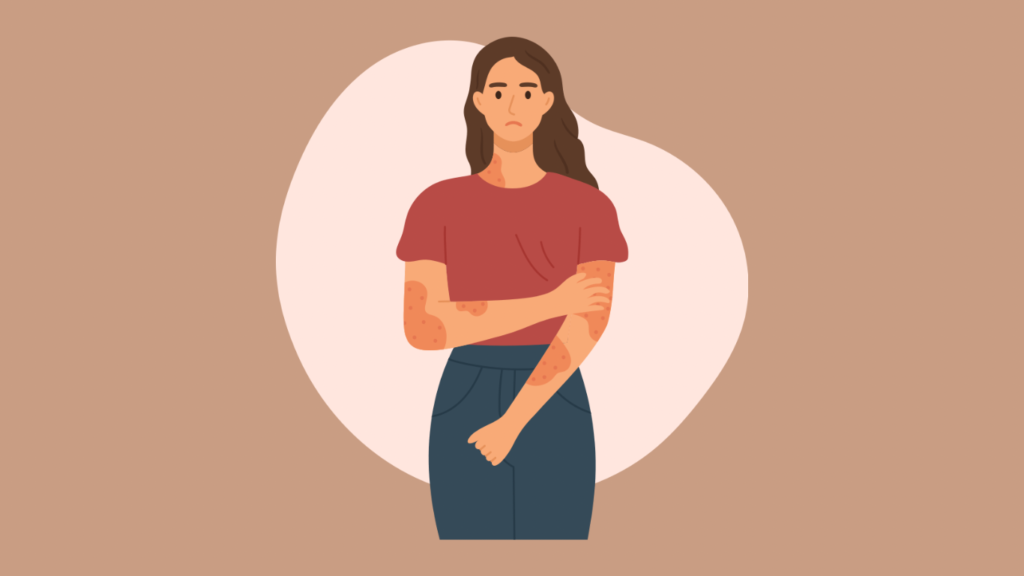Understanding and Managing Dandruff: Tips for a Flake-Free Scalp
Dandruff is a common scalp condition that affects millions of people worldwide. It is characterized by the shedding of skin cells from the scalp, resulting in visible white flakes and an itchy, uncomfortable sensation. While dandruff is not a serious medical condition, it can be embarrassing and bothersome. In this article, we will explore the causes, symptoms, and effective strategies for managing dandruff, helping you achieve a healthy and flake-free scalp. Understanding Dandruff: Dandruff is often caused by an overgrowth of a fungus called Malassezia that naturally resides on the scalp. When this fungus proliferates, it can trigger an inflammatory response, leading to the increased shedding of skin cells. Other factors that contribute to dandruff include dry scalp, excessive oil production, sensitivity to hair products, and certain skin conditions like seborrheic dermatitis. Common Symptoms of Dandruff: The primary symptom of dandruff is the presence of white or yellowish flakes on the scalp and hair. These flakes can be visible on clothing, causing self-consciousness and discomfort. In addition to flaking, dandruff may also cause an itchy scalp, redness, and irritation. If left untreated, scratching the scalp excessively can lead to secondary skin infections. Effective Strategies for Managing Dandruff: Additionally, incorporating natural oils like tea tree oil, coconut oil, or olive oil into your haircare routine can provide nourishment to the scalp. Dandruff can be an annoying and persistent scalp condition, but with proper care and management, it can be controlled effectively. By adopting a consistent hair care routine, using appropriate anti-dandruff products, and maintaining a healthy scalp environment, you can achieve a flake-free and comfortable scalp, boosting your confidence and overall well-being.
Understanding and Managing Dandruff: Tips for a Flake-Free Scalp Read More »




